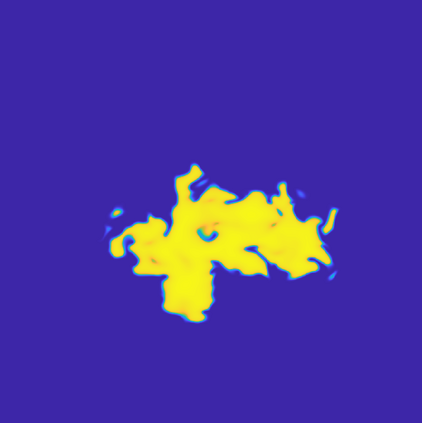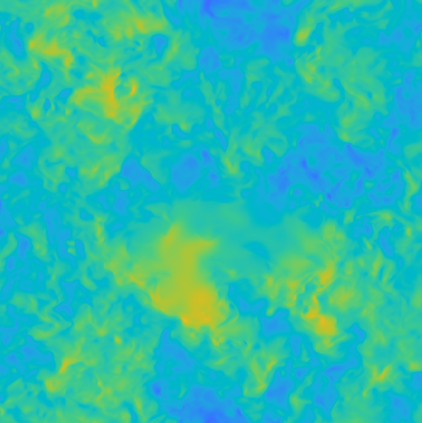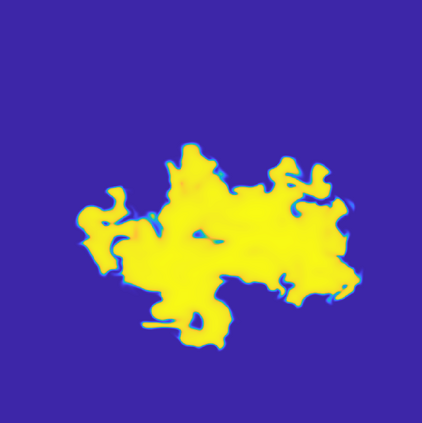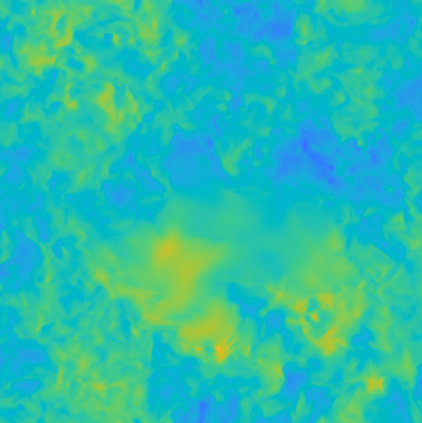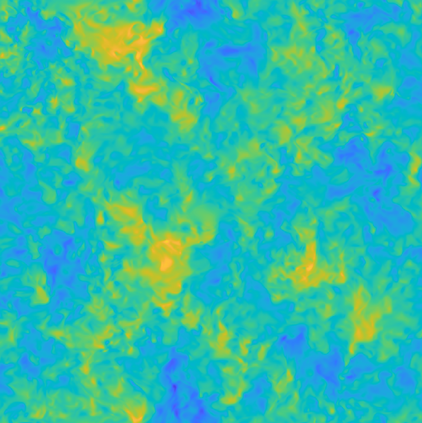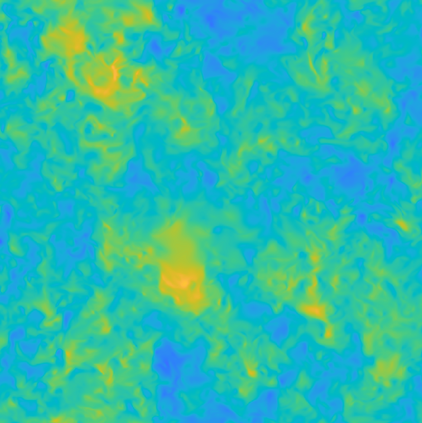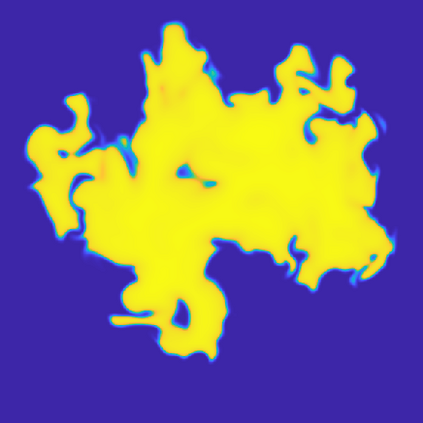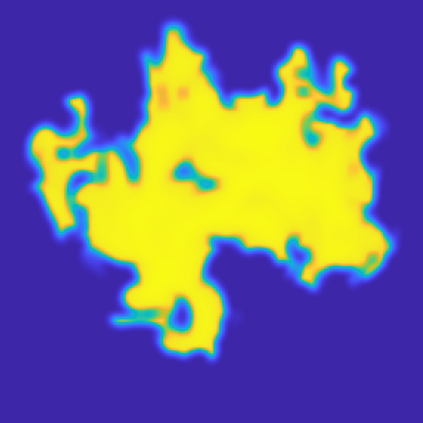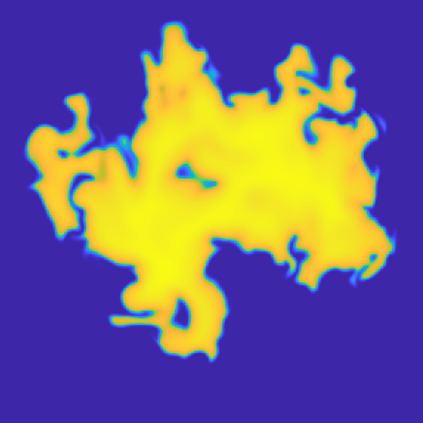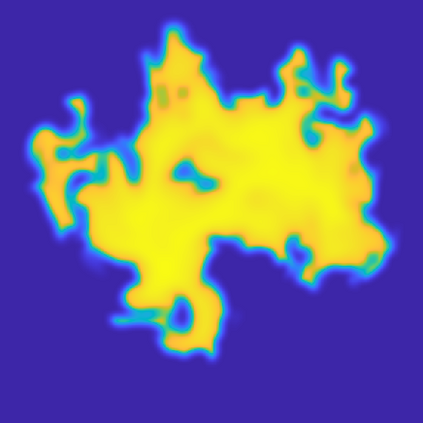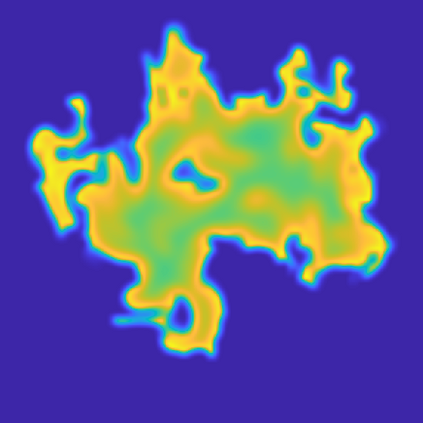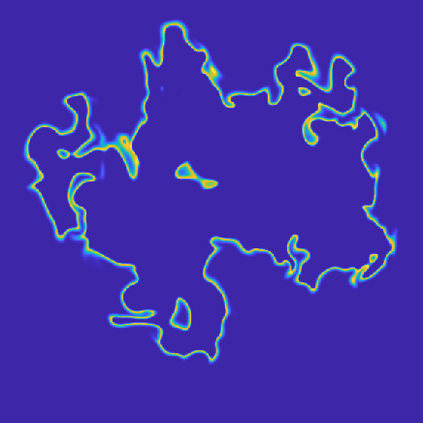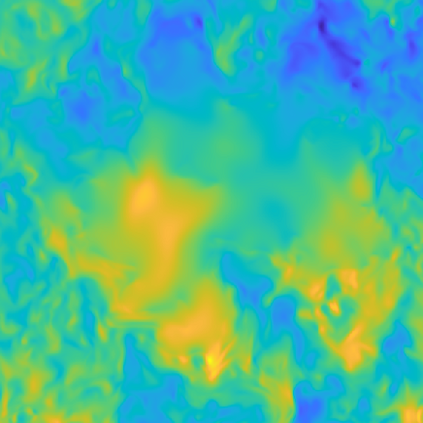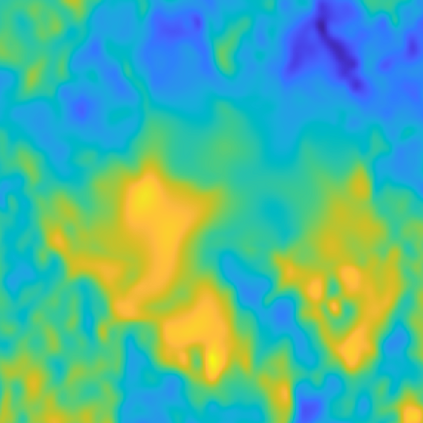Models for finite-rate-chemistry in underresolved flows still pose one of the main challenges for predictive simulations of complex configurations. The problem gets even more challenging if turbulence is involved. This work advances the recently developed PIESRGAN modeling approach to turbulent premixed combustion. For that, the physical information processed by the network and considered in the loss function are adjusted, the training process is smoothed, and especially effects from density changes are considered. The resulting model provides good results for a priori and a posteriori tests on direct numerical simulation data of a fully turbulent premixed flame kernel. The limits of the modeling approach are discussed. Finally, the model is employed to compute further realizations of the premixed flame kernel, which are analyzed with a scale-sensitive framework regarding their cycle-to-cycle variations. The work shows that the data-driven PIESRGAN subfilter model can very accurately reproduce direct numerical simulation data on much coarser meshes, which is hardly possible with classical subfilter models, and enables studying statistical processes more efficiently due to the smaller computing cost.
翻译:在溶解不足的流量中,定时化学模型的定时率模型仍然是预测复杂构造模拟的主要挑战之一。如果涉及动荡,问题就更加棘手。这项工作推进了最近开发的PIESRGAN模型方法,以模型模型处理扰动前混合燃烧。为此,对网络处理并在损失函数中加以考虑的物理信息进行了调整,对培训过程进行了平稳,特别是考虑到密度变化的影响。由此形成的模型为对完全动荡前混合火焰内核的直接数字模拟数据进行先验和事后试验提供了良好的结果。讨论了模型方法的局限性。最后,模型用于计算进一步实现预混合火焰内核的情况,该模型以一个对规模敏感的框架加以分析,分析其周期到周期的变化。工作表明,由数据驱动的PIESERGAN子过滤器模型可以非常准确地复制许多粗糙的中间层的直接数字模拟数据,这与古典的子过滤模型是不可能做到的,并且能够更高效地研究由于更小的计算成本而导致的统计过程。


